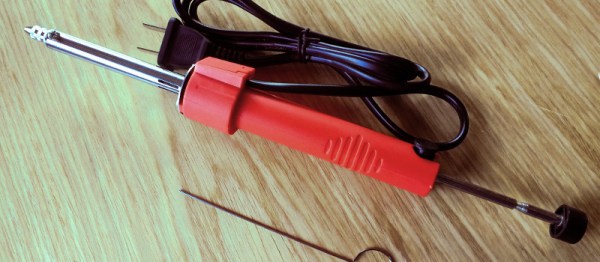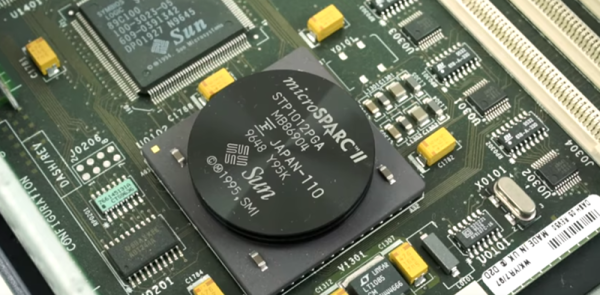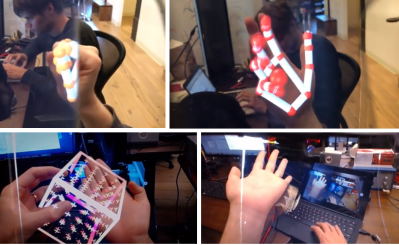This unholy lovechild of a cheap solder sucker and an even cheaper soldering iron is the HBTool HB-019 desoldering iron. It came to me for the princely sum of five pounds ($7). So for somewhere between the cost of a pint of foaming ale and the pub’s pie and mash I’d eat alongside it, what had I got?
Regular Hackaday readers will be familiar with my penchant for ordering cheap tools and other electronic gizmos from the usual suppliers of Far Eastern tech, and subjecting them to review for your entertainment and edification. Sometimes the products are so laughably bad as to be next-to-worthless, other times they show enough promise to be of use, and just occasionally they turn out to be a genuine diamond in the rough, a real discovery. This is no precious stone, but it still makes for an entertaining review. Continue reading “Reviewing The HBTool HB-019 Desoldering Iron: It Probably Won’t Shock You”




 Now that we’ve got you excited, let’s mention what the North Star is not — it’s not a consumer device. Leap Motion’s idea here was to create a platform for developing Augmented Reality experiences — the user interface and interaction aspects. To that end, they built the best head-mounted display they could on a budget. The company started with standard 5.5″ cell phone displays, which made for an incredibly high resolution but low framerate (50 Hz) device. It was also large and completely unpractical.
Now that we’ve got you excited, let’s mention what the North Star is not — it’s not a consumer device. Leap Motion’s idea here was to create a platform for developing Augmented Reality experiences — the user interface and interaction aspects. To that end, they built the best head-mounted display they could on a budget. The company started with standard 5.5″ cell phone displays, which made for an incredibly high resolution but low framerate (50 Hz) device. It was also large and completely unpractical.









